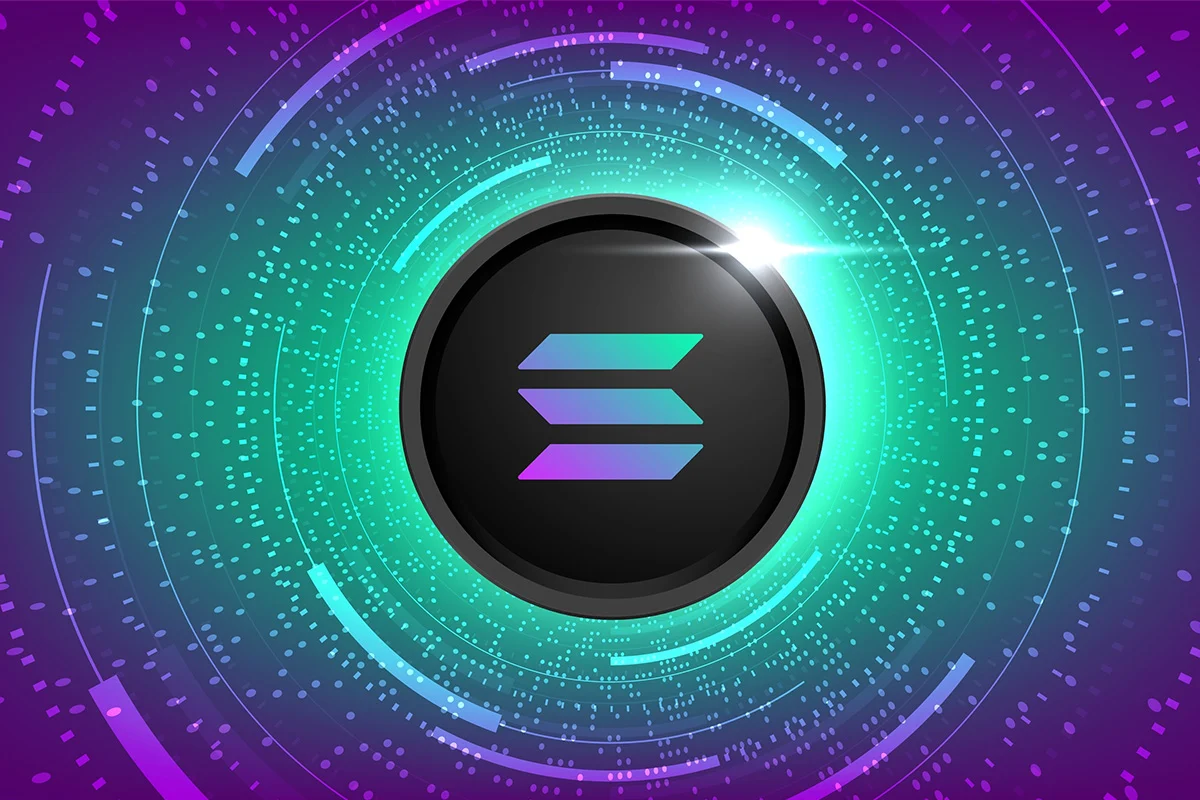TLDR
- Solana briefly reached over 100,000 transactions per second during a stress test using lightweight “noop” program calls
- Real-world Solana throughput remains around 1,050 TPS when excluding voting transactions
- Validators are voting on the Alpenglow proposal to reduce block finality from 12.8 seconds to 100-150 milliseconds
- The upgrade would replace TowerBFT consensus with a faster off-chain voting system
- Community is divided over the proposal’s 1.6 SOL Validator Admission Ticket fee requirement
Solana achieved a brief milestone of over 100,000 transactions per second during weekend stress testing. The spike occurred through lightweight program calls rather than actual user transactions.
Mert Mumtaz from Solana developer firm Helius reported the blockchain became the first major network to reach 100,000 TPS on mainnet. A single block processed 43,016 successful transactions and 50 failed ones, totaling 107,540 TPS.
Solana just did 107,540 TPS on mainnet
yes, you read that correctly
over 100k TPS, on mainnet
good luck bears pic.twitter.com/nGF9Q1b86c
— mert | helius.dev (@0xMert_) August 17, 2025
The high numbers came from “noop” program calls that perform no meaningful computation. These lightweight transactions stress-test network capacity but don’t reflect real-world usage like payments or complex applications.
Mumtaz noted developers could theoretically achieve 80,000-100,000 TPS for transfers and oracle updates based on these results. However, current real-world performance tells a different story.
Actual Performance Much Lower
Solana’s daily throughput averages around 3,700 TPS according to Solscan data. Two-thirds of these transactions are voting transactions from validators participating in consensus.
When excluding validator votes, real throughput drops to approximately 1,050 TPS according to Solscan. Chainspect data shows similar figures at 1,004 TPS for meaningful transactions.
Hundreds of validators vote multiple times per slot, inflating the network’s apparent transaction capacity. These consensus votes don’t represent user activity or economic transactions.
The memecoin platform Pump.fun dominates network activity with a 62% share of total value locked. Memecoins continue driving most Solana usage patterns.
Alpenglow Upgrade Could Transform Speed
Validators are currently voting on SIMD-0326, known as the Alpenglow proposal. This upgrade would replace the current TowerBFT consensus mechanism with a faster system.
Alpenglow aims to reduce block finality from 12.8 seconds to 100-150 milliseconds. The improvement would put Solana performance closer to Web2 infrastructure speeds.
The system uses off-chain voting with cryptographic proof rather than on-chain consensus. Validators would trade votes directly, reducing bandwidth costs and network load.
Developed by Anza research team, Alpenglow introduces direct voting and signature aggregation. The Votor protocol can finalize blocks in one or two rounds depending on validator support.
Blocks need 80% approval for single-round finalization or 60% for two-round completion. This design eliminates gossip-heavy traffic that slows current operations.
The proposal includes a 1.6 SOL Validator Admission Ticket fee per epoch. This burned fee would offset inflation while maintaining economic barriers to participation.
Supporters argue the VAT reduces validator expenses by roughly 20% compared to current vote transaction costs. Critics worry it may exclude smaller operators from network participation.
Community sentiment remains split between optimism about speed improvements and concerns over testing risks. Some validators suggest tiered VAT models based on stake size ranging from 0.5 to 5 SOL.
Questions remain about how off-chain voting will handle Jito auction procedures without proof-of-history. Transaction expiration management under the new system also needs clarification.
Voting runs from epochs 833 to 842 requiring a two-thirds majority of Yes over No votes. The proposal needs a 33% quorum including abstentions to pass.
Results will determine if Solana proceeds with one of its most ambitious consensus overhauls. The upgrade represents a major technical shift for the blockchain’s core infrastructure.





